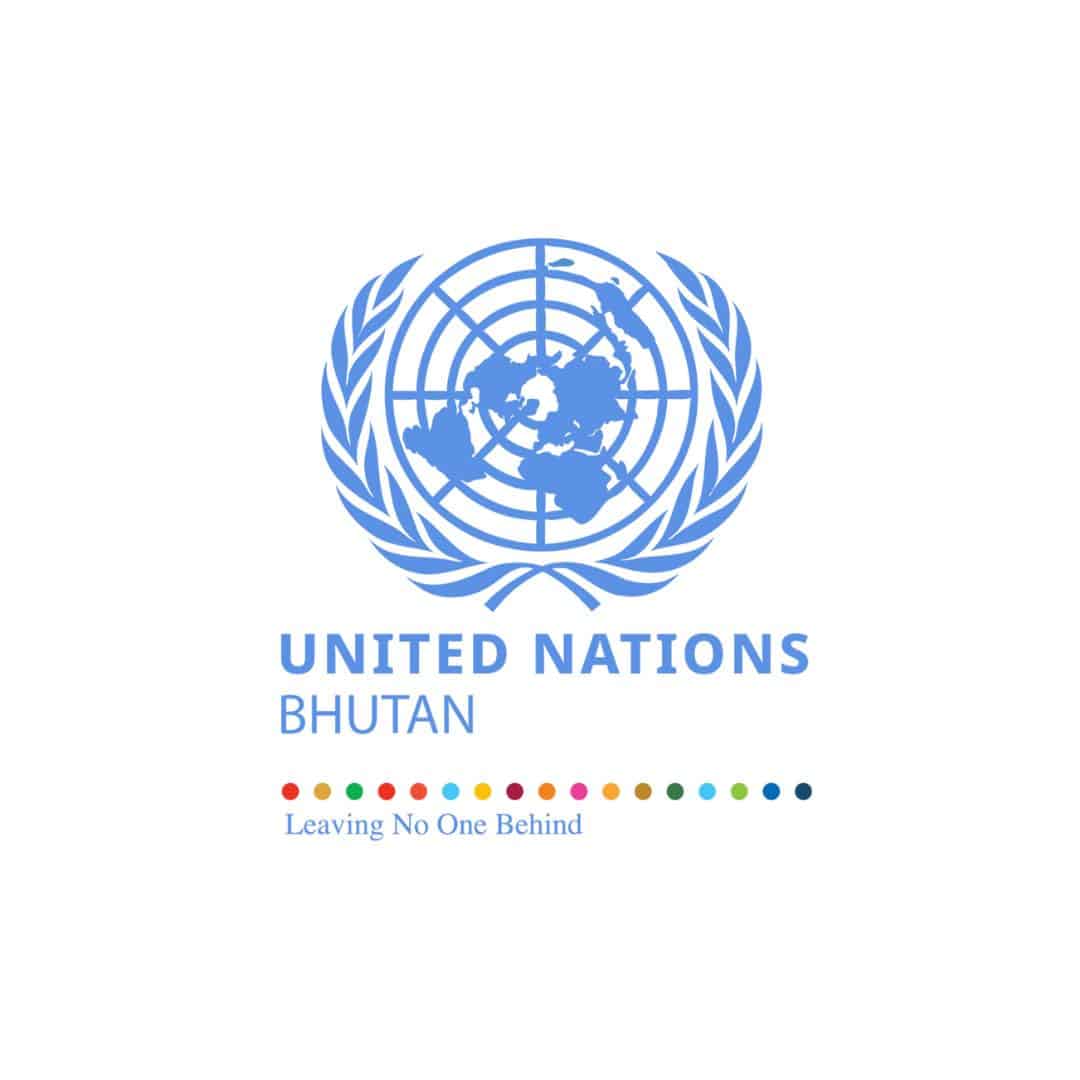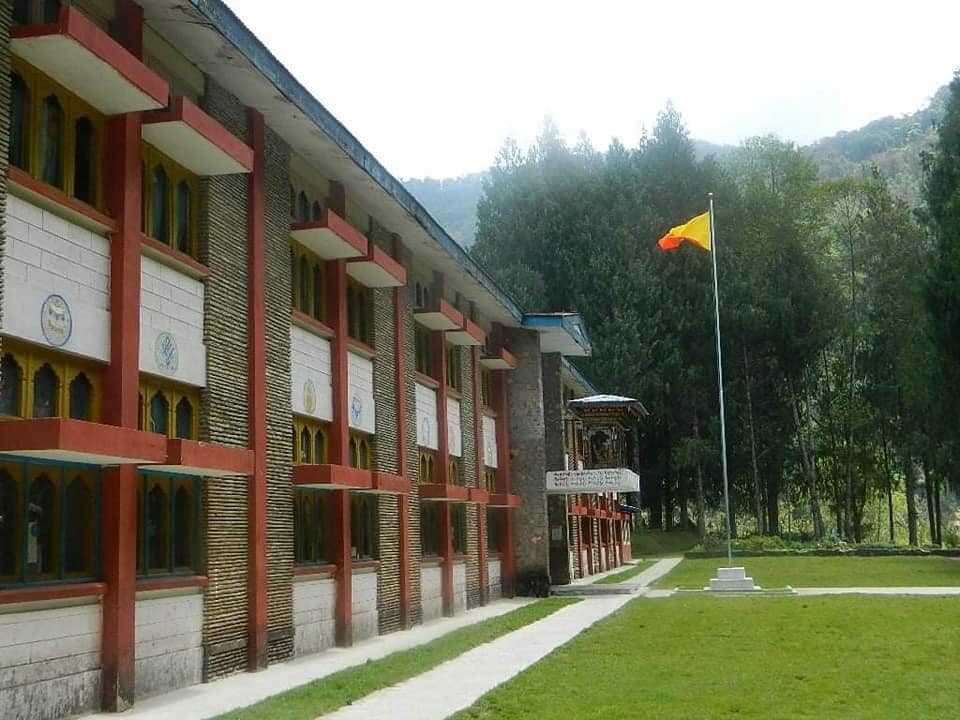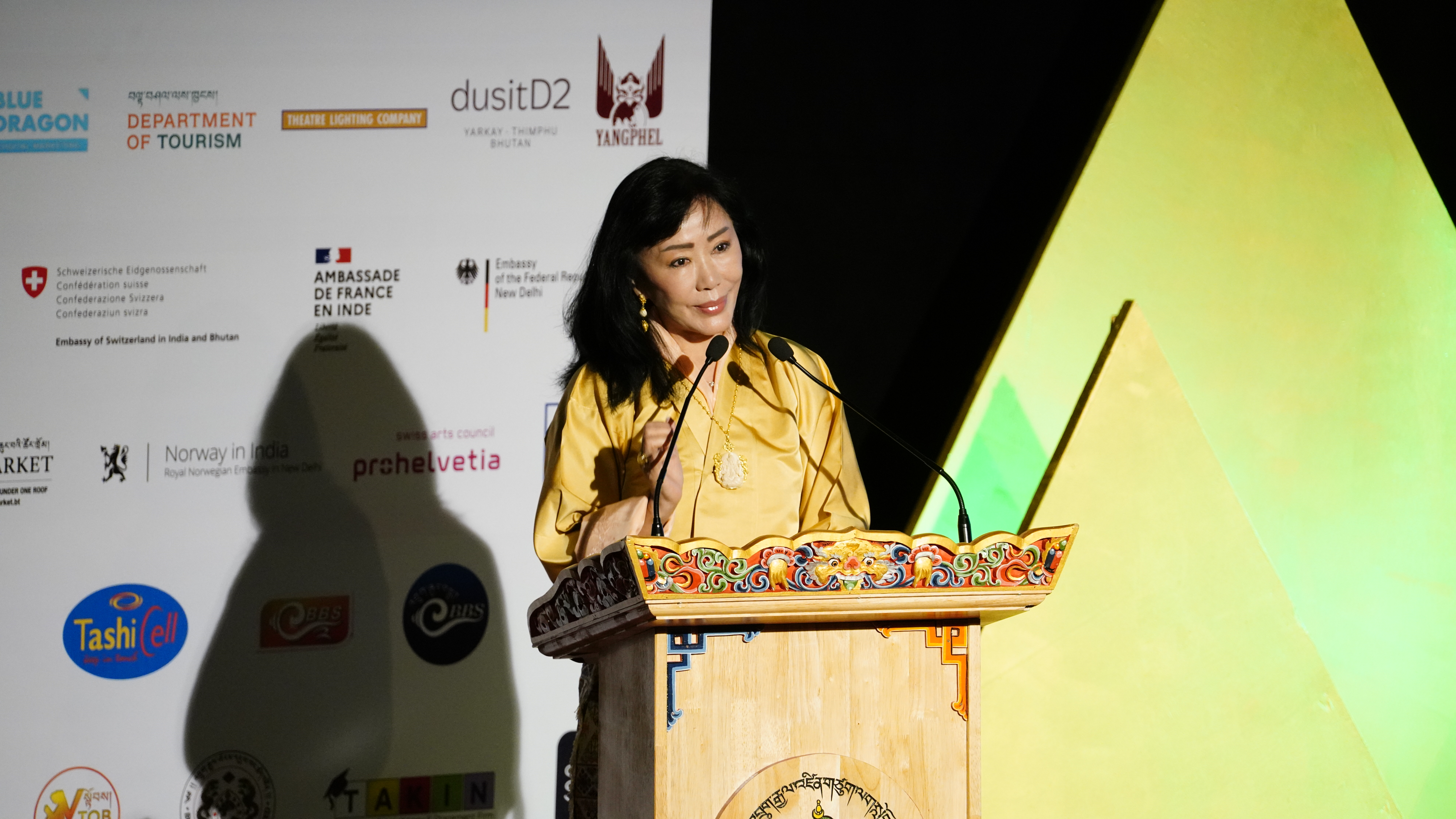If Bhutan is to achieve its ambitious plan to double Gross Domestic Product (GDP) from USD 2.5 billion to USD 5 billion by 2029 and further increase it to USD 10 billion by 2034, its annual GDP growth rate should be 11.7%. This was underscored by Shixin Chen, the Asian Development Bank’s (ADB) Vice President for Operations 1, during his interaction with Bhutanese media on May 26, 2023.
During the interaction, the Vice President emphasized the importance of financial investment and identifying revenue-generating opportunities. He acknowledged Bhutan’s significant natural capital, particularly hydro power resources, as a substantial revenue generator for the country. Additionally, he highlighted the potential for job creation and growth in the agriculture sector.
“There is a need for human capital development, stressing the importance of skill development, education, and an improved healthcare system to achieve sustainable growth.”
Meanwhile, the draft plan for Bhutan’s long-term perspective (2024-2034) aims to achieve a GDP of USD 5 billion by 2029 and USD 10 billion by 2034. Aligned with the vision of a “developed Bhutan” by 2034, the plan includes ten national key performance indicators (KPIs) based on the principles of prosperity, people, and progress. These KPIs cover economic, social, security, and governance clusters and aim to increase the share of the digital economy to GDP, boost manufacturing’s contribution to GDP, and enhance private sector investment.
While the country has embarked on an ambitious plan to increase its GDP with these NKPIs, concerns have been raised about the substantial jump in GDP over the next decade, nearly tripling the current figure of USD 2.5 billion.
Responding to the concerns, Lyonpo Karma Dorji, the Minister of Industry, Commerce, and Employment(MoICE), emphasized the significance of having a set target and measurable goals. He acknowledged the uncertainty of achieving the targeted GDP but emphasized that setting a vision and measurable targets are essential for progress.
Lyonpo Karma Dorji mentioned that the 13th Five-Year Plan (FYP) differs from previous plans as it encompasses a longer duration of ten years, providing a broader dimension for the entire country’s development beyond any specific government’s term.
The minister further explained that the 13th FYP includes specific sectoral targets and strategies to achieve the overall goal. For instance, increasing foreign direct investment revenue from Nu 40 bn to Nu 100 bn and creating a targeted number of jobs are among the components defined in the plan. Lyonpo Karma Dorji emphasized that these detailed plans and key sectors will pave the way toward the country’s targeted GDP goal.
“While the achievability of the set targets remains uncertain, the government’s commitment to a long-term plan and measurable goals demonstrates a significant shift in Bhutan’s development strategy,” Lyonpo said.
The nation’s focus on financial investment, human capital development, and inclusive social development is expected to play a pivotal role in realizing its vision of achieving a higher GDP and ultimately becoming a developed nation by 2034.
Tshering Pelden from Thimphu














